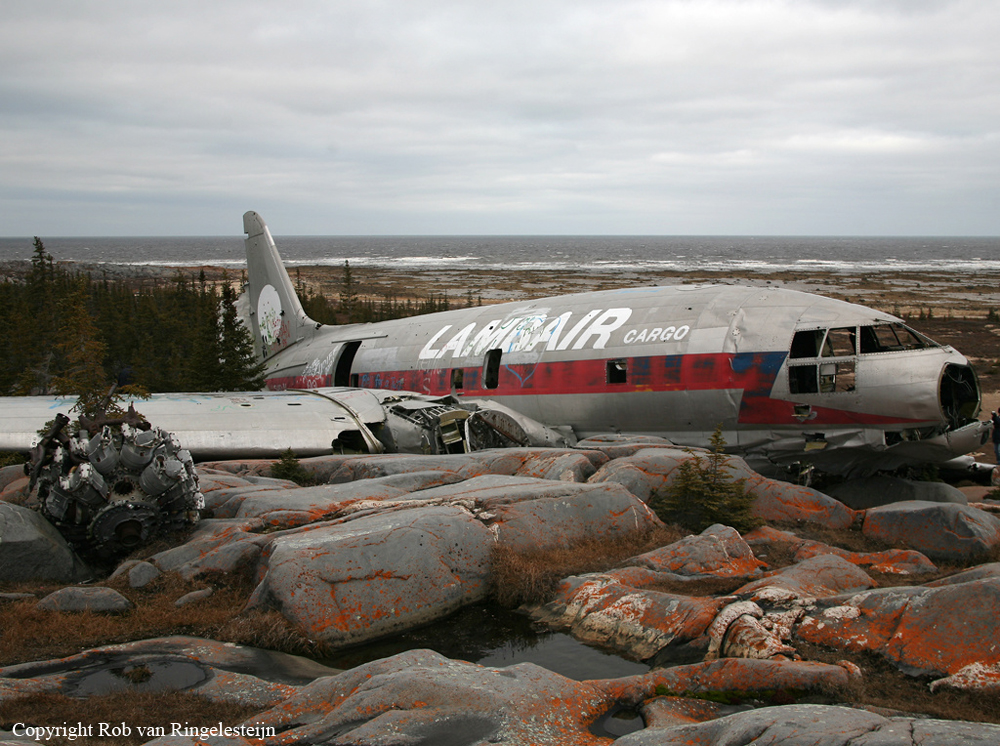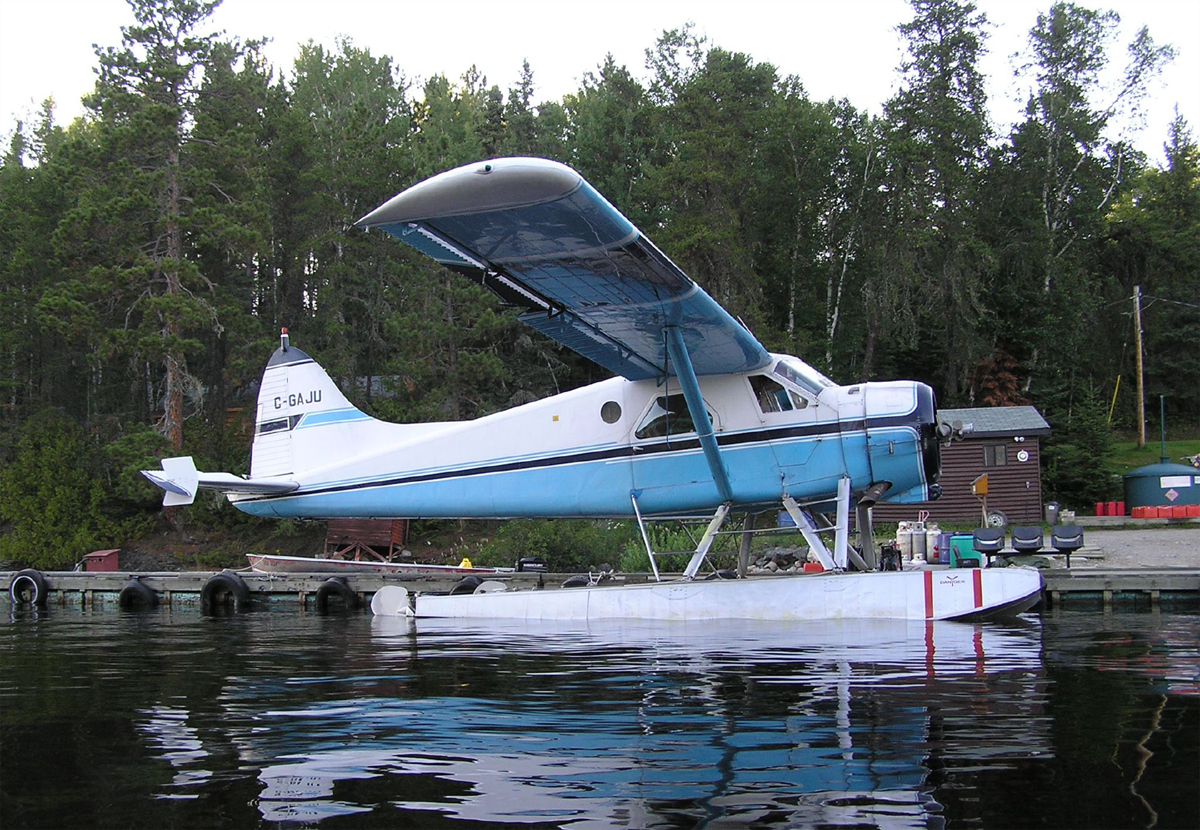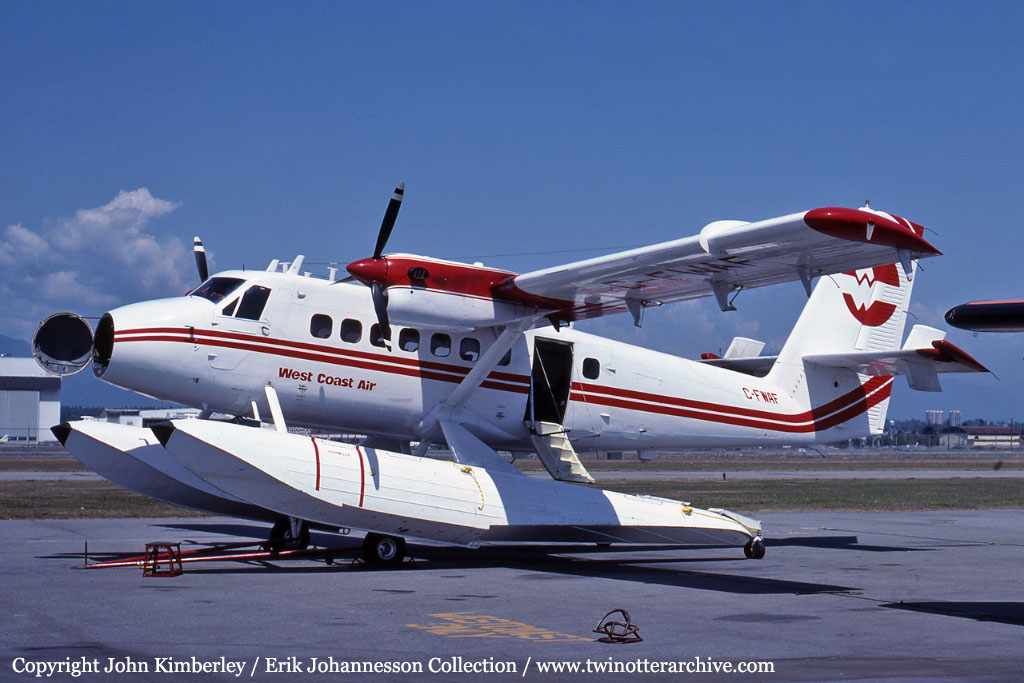Crash of a De Havilland DHC-2 Beaver in Buffalo Narrows: 1 killed
Date & Time:
Mar 11, 1980
Registration:
C-GZBE
Survivors:
Yes
MSN:
1082
YOM:
1957
Crew on board:
1
Crew fatalities:
Pax on board:
5
Pax fatalities:
Other fatalities:
Total fatalities:
1
Circumstances:
After takeoff, while climbing, the single engine airplane struck power cables and crashed. A passenger was killed while five other occupants were injured.











